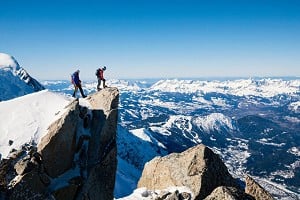
Lebanon might not be the first country that springs to mind when considering climbing in the Middle East. Bordering Syria and Israel only makes this country seem as inaccessible. Yet, this couldn't be further from the truth.
Beirut, the capital, is fascinating, with the integration of religions and growing concrete jungle amid the remains of buildings surviving a civil war. Lebanese people are passionate and energetic, with a real sense of living life to its fullest. The further away you travel from Beirut, the deeper towards the mountains you go, the more remote villages you find steeped in tradition and a true sense of community. You move away from this mix of modern and old architecture to a picturesque combination of cedar forests and an assortment of houses spread throughout the mountain range and waterfalls - the lifeline of the country.
Lebanon has a number of developed sectors, boundless areas with potential, and a local scene with a thirst for expansion. Limestone sport climbing is the dominant force of climbing with a number of trad routes and boulder fields. The Lebanese Climbing Association provide the latest up-to-date topos and information about climbing in Lebanon whilst an official guide is not available.
Why aren't there more climbers travelling here then?
The idea of travelling to the Middle East to climb doesn't cross many people's minds partly due to the misconception of the desert landscape. It is also important to cast aside media stereotypes and see beyond what you think you know about this place and what the news portrays.
Recently the Middle East region is grabbing the attention of world-class climbers and intrepid amateurs alike. We have seen the likes of Sasha Digiulian and Arnaud Petit climb in Jordan; the late David Lama, Nina Caprez, Sam Elias, Brittany Griffith, Tom Bolger, Alex Chabot, and Boone Speed in Lebanon; Hazel Findlay and Alex Honnold in Oman and in Morocco. These climbers recognise how much these landscapes have to offer: a chance to get away from the crowds and climb in beautiful scenery with an unexplored culture and cuisine to experience at the end of a good day at the crag.
Rock Climbing
These crags offer technical climbing, with plenty of crimps, pocketed holds, overhanging tufas and endurance routes. North Governorate of Lebanon is adorned with a wide stretch of mountains that has plenty of well bolted climbs and is one of Lebanon's most popular sites amongst locals and foreigners alike.
Tannourine is the sport climbing capital of Lebanon with more than 160 bolted routes amongst 12 crags, located on the highest mountain of the Batroun District in North Lebanon. This charming town has its climbing separated between Tannourine El-Tahta (El Tahta meaning "below" in Arabic) and Tannourine El-Fawqa (El-Fawqa meaning "above" in Arabic).
The walk-in to the Tahta crag requires crossing a small stream that connects to Nahr-Al-Joze (the walnut river), named for the trees that line its 30km banks. Nahr-Al-Joze also supports berry trees, and a handful of restaurants serving delicious local food. "You must visit the Tannourine Reserve to discover the cedars," I am told by some locals I meet. The cedars, Lebanon's sacred trees, have been described by French poet Alphonse de Lamartine as "Relics of centuries and nature, the most famous natural landmarks in the universe. They know the story of the earth better than history itself." How could I resist?
The route grades here range between French 4 to 8c+ and there are many hard, bolted projects that might go at higher than the hardest grade currently established.
Tannourine El-Fawqa, otherwise known as Chir Al-Ribazi is only half an hour away from El-Tahta by car and offers technical, vertical and very satisfying routes, from beginner grades up to 7b+. Here you will also have the option to climb multi-pitches, but be warned: this should be avoided around midday to mid-afternoon for the sun shines directly on the crag.
Beit Chlala, also located in the North Governorate of Lebanon has been developed by a group of dedicated climbers. This sector comprises routes carefully created for more intermediate and advanced climbers and those looking to push their climbing. The greatest advantage of this crag is its cooling shade during the height of summer.
For those travelling to Beirut and looking for something nearby, Beit Meiri (Mery) is just half an hour's drive from Beirut. It's close enough to the city to end the day at a delicious Lebanese restaurant a short drive away. If you climb during May, you may be lucky to spot a turtle making its way to the water nearby.
The seaside town Aamchit offers a green valley adorned with limestone cliffs and a view looking out towards the sea. You are also likely to come into contact with a herd of goats - stopping every second to eat pretty much anything in their way - and their friendly shepherd. The goat's climbing ability is something we can all aspire to. Aamchit's crag is south-facing so it is best suited to climbing late afternoon during the summer season.
Laqlouq offers four sectors, some developed by the French army, making it one of Lebanon's first bolted areas. It is also a winter playground for winter sport enthusiasts with lots of mountain biking potential. Laqlouq village is not far from the crag and if you fancy an après-ski type refreshment after a day's climbing.
Ain Trez is a small village located near Chouf, Mount Lebanon. Surrounded by forests it boasts a south-west facing crag, perfect for us early morning birds or relaxed late afternoon climbs during the summer months.
Afqa is a lovely peaceful site with beautiful scenery. It is ideal for beginners. There are also a number of more challenging routes and climbers will require a 70m rope.
Faqra Nawawiss offers short climbs amidst private lands owned by a very welcoming Mr. Tony, who also owns and runs a restaurant and campsite at the location.
Joolmood, located in Fatroun, not only provides wooden cabin guesthouses and camping for climbing and outdoor enthusiasts, but also boasts its very own magic garden for bouldering and sport climbing. It is a popular site for beginners and offers a number of intermediate routes for those who want to enjoy short climbs in a welcoming atmosphere.
In the South of Lebanon there is also a west facing climbing sector in Jezzine, Tidd (Tiid). This site offers breathtaking views, including that of the valley of Bisri. Technical climbs require a 70m rope. This site was developed by the Lebanese Climbing Association in collaboration with Ulric Rousseau, Eva Moya Prado, Emilie Pellerin and local climber Nicolas Saadeh, in November 2014.
Chekka is popular during the summer months as it offers a cave for deep water soloing. Locals often set up a waterline during the summer months as part of the slackline community in Lebanon.
More recently, a climbing sector has been developed in Chabrouh, Faraya. This has been in partnership with local and international climbers. The local community is very excited about having another area to climb. Having been able to visit and climb before the official opening was a real treat, being one of the first to climb some of the routes which are fun and offer a technical style of climbing. South-facing therefore to be avoided during summer months but offers a haven during winter months.
When is a good time to go climbing?
Lebanon has four seasons with most of the year (April-November) being dry and warm enough to make for perfect climbing conditions. During the winter season (December-March/April), its Lebanon's skiing/snowboarding and snow-shoeing season. From May onwards until October, there is a range of activities from climbing, mountain biking, paragliding, hiking. Take your pick!
What other sports are there apart from climbing?
Lebanon's mountainous terrain boasts a number of ski resorts that offer a fun day out. Laqlouq is a prime resort location well suited for cross-country skiing in a small mountainous village in the Jbeil District of Mount Lebanon Governorate. The largest known resort, Mzaar Kfardebian is around an hour's drive from Beirut.
After two years of running and consistently growing, Lebanon's highline and adventure festival is an international festival with a sports diplomacy twist. Organised by the non-profit organisation Crossing Lines, their goal "is to bring together a vibrant crew of international athletes to experience the Middle-East first-hand and to use our sports to connect people across cultural and political divides." They set up at least 8 highlines, ranging from 30m to 240m, rigged by a professional team of dedicated riggers.
If you like hiking or trekking, then checking out the Lebanese Mountain Trail (LMT) should be on your list of things to do. A beautiful hike over a number of days will take you from South to North Lebanon, through traditional, small and charming villages, where you will meet incredibly friendly people and learn more about this part of the world.
For the cyclists amongst us, a must-try annual event organised by the Polyliban Association, a non-profit leading in a variety of sports-related events. Every year cyclists gather for the yearly sea to summit Polyathlon des Cedres challenge from Jbeil (Byblos) to Qornet el Sawda followed by a 5-day cycling trip all around Lebanon. You can also check out their short film submitted to the Banff Mountain Film Festival (trailer here) showcasing the PolyLiban cycling trip.
Unbeknown to many, Lebanon has the oldest caving club in the Middle East, the Spéléo Club du Liban (SCL). Ongoing exploration has meant that a number of Lebanon's largest and beautiful caves have been discovered. Local tour operators provide walk-through trips including Jiita and Qadisha.
If that's not enough, then you can find your way to the coast of Lebanon, notably Tripoli or Batroun, where you can enjoy a number of watersports from windsurfing to paddle-boarding, surfing or even kitesurfing.
What is the local cuisine?
Trying the local Lebanese cuisine is a must. Spoilt for choice with Lebanese mezze, each dish is rich in flavour and imagination; you can never see the surface of the table as it is covered with small plates of deliciousness that flood your taste buds with delight. From warak enab (rice and vegetables wrapped in vine leaves) to baba ganoush (fried aubergine dip) to kibbeh laktin (pumpkin ovals stuffed with spinach and spices) to tabbouleh (finely chopped parsley and tomatoes - NOT couscous) to fattouche (a traditional green leaf salad), these are just a few of the appetisers and are most likely a dream for vegans.
You cannot visit Lebanon and not try saj manoushe. This is simply flatbread with a variety of stuffing from zaa'tar (a dried mix of thyme and sesame) combined with olive oil that comes with extra toppings from fresh greens to local yoghurt called labne.
Logistics
Airlines
British Airways provides direct flights from Heathrow to Beirut at around £242 return. There are also other airlines such as Middle East Airlines (MEA) or Turkish Air that fly to Beirut and offer cheaper, non-direct alternatives.
Visas and Tour Guides
Most nationalities can get a free 30-day visa on arrival at the airport in Beirut, which is extendable for 2 additional months. Always carry your passport with you as the roads of Lebanon are filled with many checkpoints, where you may be asked for your passport. This is just a protocol to check identity.
Instructor/Guides Advertise here
No Premier Listings found in this area
Accommodation Advertise here
No Premier Listings found in this area
This will depend on what you are planning to do in Lebanon. If you are looking to travel through the capital, Beirut, there are a number of hotels and hostels located in its heart, making it super convenient to navigate your way through the main "go-to" streets to experience the nightlife on offer.
If you are looking to explore further, it is worthwhile using AirBnB or couch-surfing where you will have the opportunity to meet the locals and get their tips on the area you are in. If you are looking to explore the mountains and camp, it is important to check if you are able to camp at specific sites as some of these are private lands and it is important to respect the culture and landowners' wishes.
Getting Around
Lebanon is a safe country to travel to. The locals are very friendly and there are many ways to travel around. There are public buses and minivans that take you to almost anywhere you need to go. There are 2 main bus stations, Charles Helou and Cola Station, both in Beirut. Charles Helou is ideal for travelling to the North, whereas Cola is to the South. They will always take the time to help you out and get you to where you want to go. Taxis are abundant and Uber is also available. The main languages are Arabic and French, and many speak English. For the more adventurous amongst us, you can also hitchhike your way around.
You can also rent a car but you have to be open-minded to the style of driving... It is possible to rent cars from the airport or prior to your arrival, either way, ensure you have a credit card for car rental deposit as Lebanon is no exception to this rule.
Guidebook
A climbing guidebook is being developed but has not yet been published.
A few fun facts about Lebanon for those now buzzing for a visit:
Middle-Eastern airlines such as Emirates and British Airways all fly to Beirut at approximately £250 with a couple of months' notice;
There is an awesome Adventure and Highline festival that creates a buzz in Kadisha Valley;
There are so many culinary delights and lots of culture to discover;
There is an absolute plethora of sport routes and multi-pitches, featuring a widespread of much harder climbing and potential for bolting and new routes.
So, what are you waiting for?

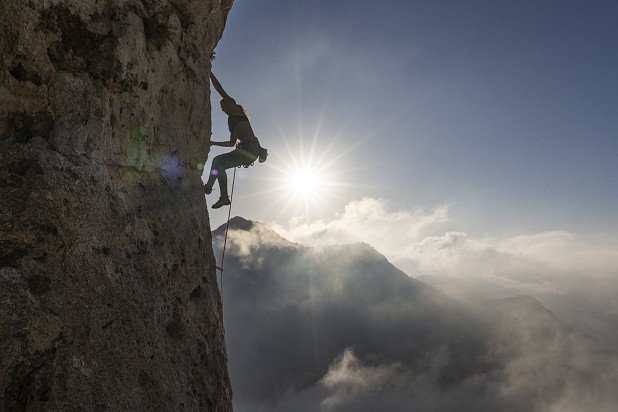
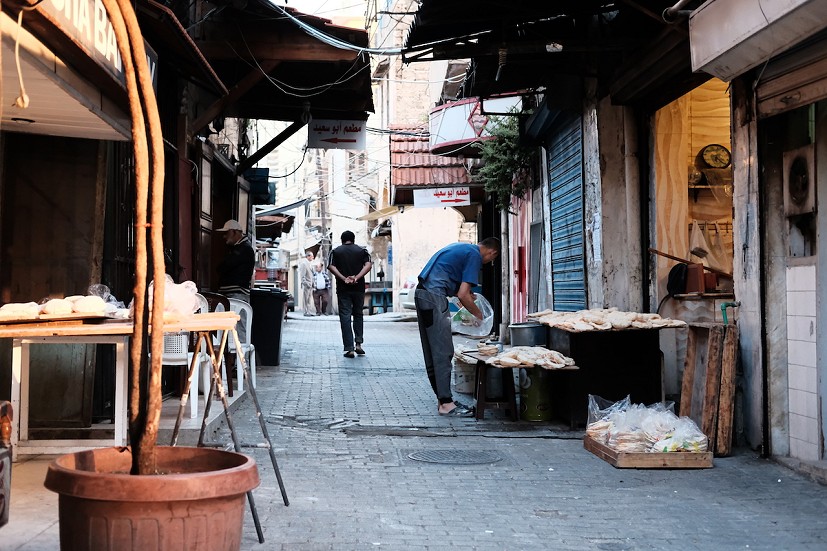

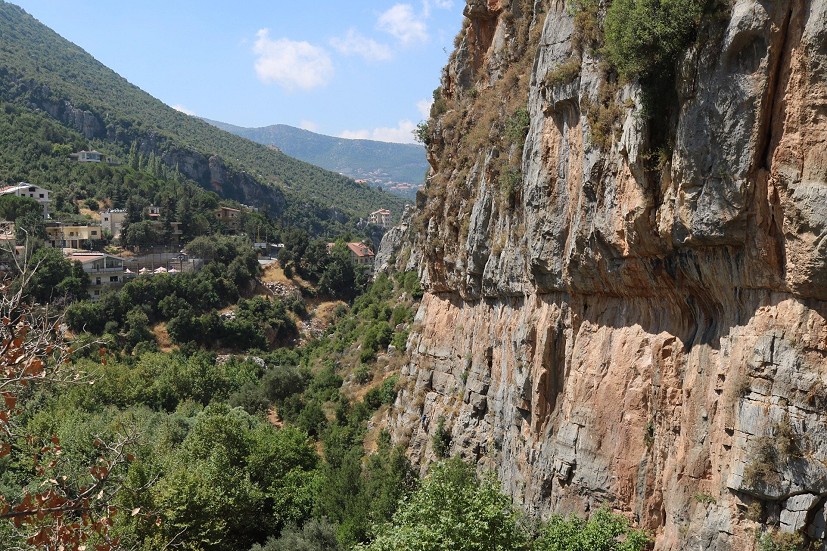
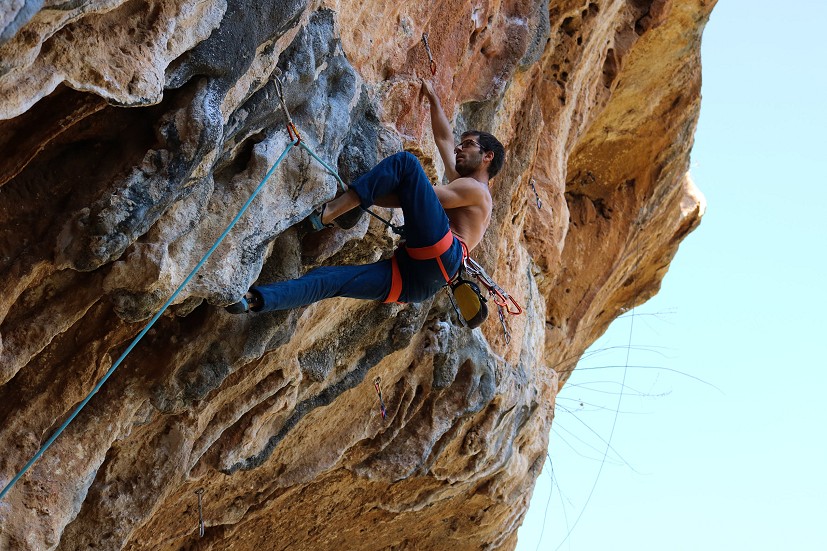
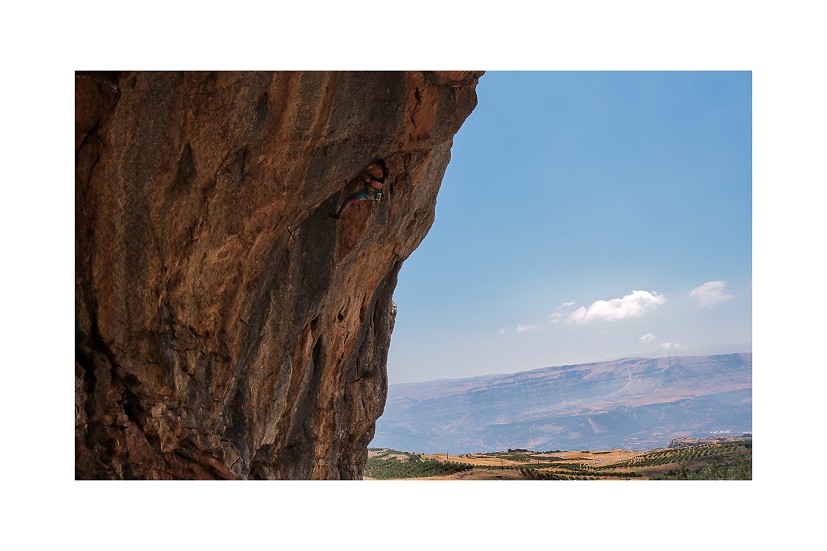
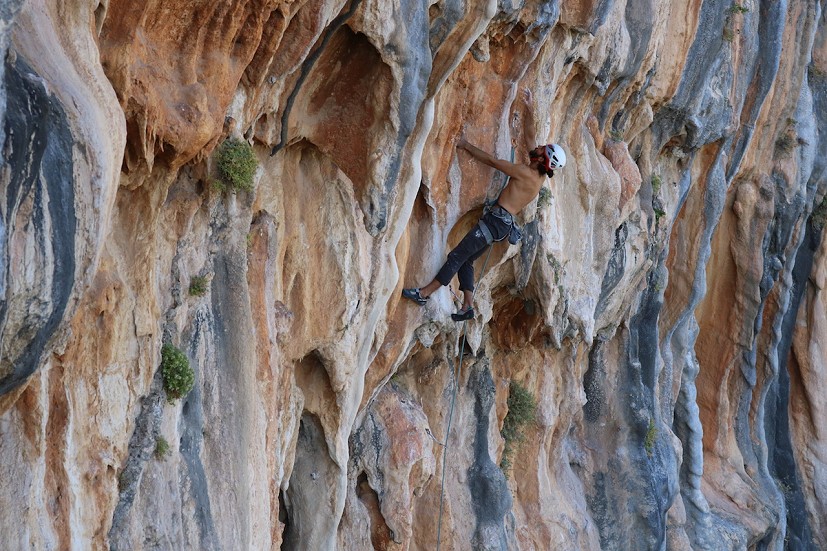
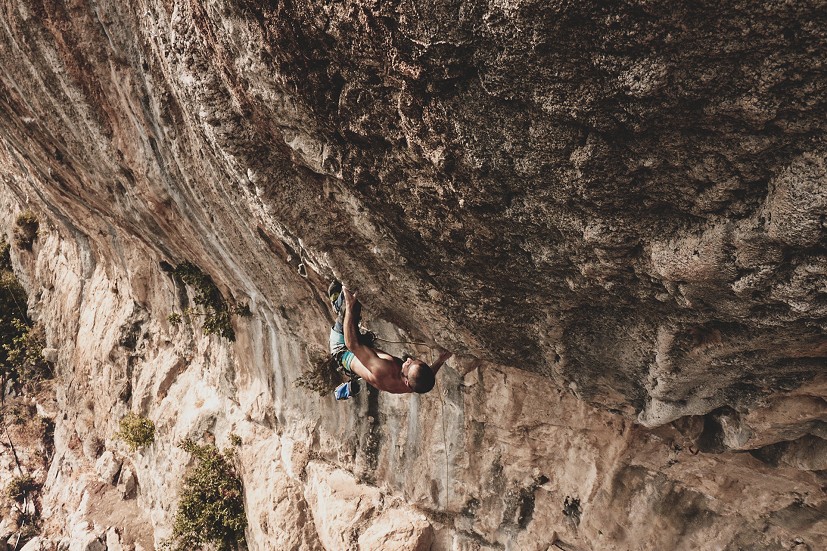
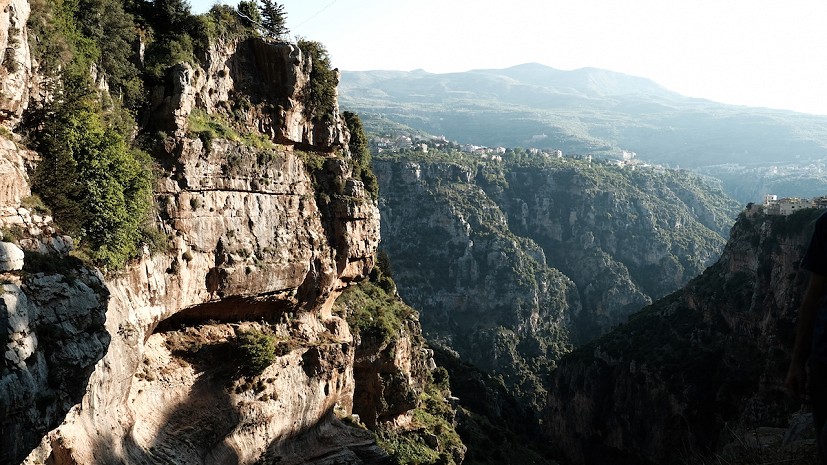

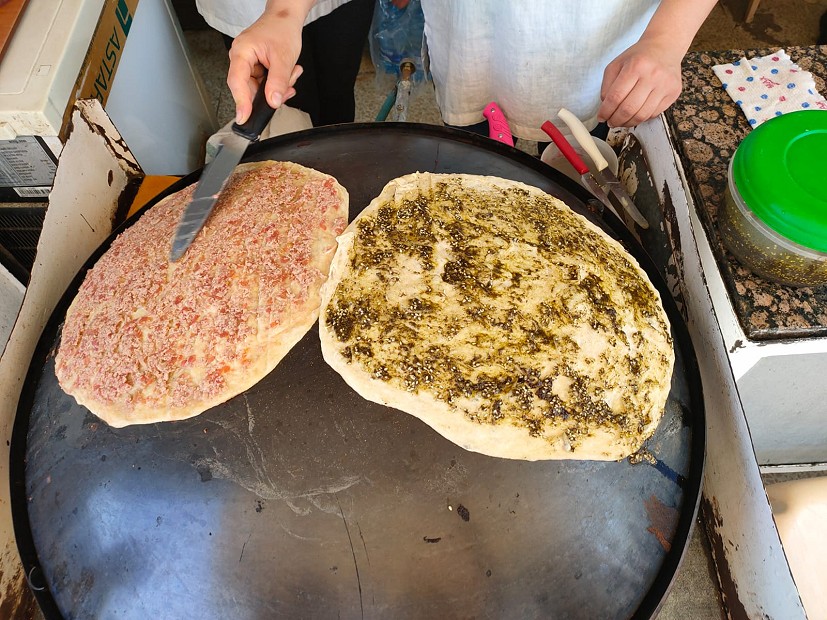
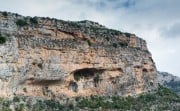

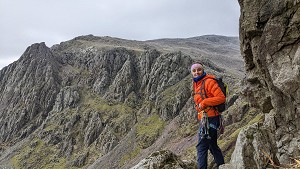

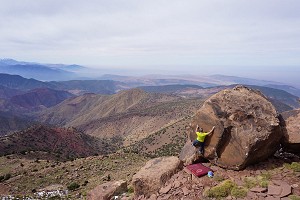
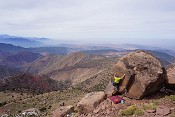



Comments
At the first photo I thought, well that looks distinctly average, but the close ups make the rock and climbing look great! And the flat breads are surely amazing.
Is it only possible to fly there?
Interesting that this article is getting dislikes. Is this now a standard reaction to information about any destination which involves flying?
I'd hope not, as those doing the disliking are using the internet to do so, which is just as big an emitter of carbon gases as flying
It seems like it should be possible to get a ferry across to beirut from somewhere like Antalya or something but I can't seem to find any ferries online? Do they exist? Or have they all fallen casualty to the warry/politicsy stuff that's going on just now?